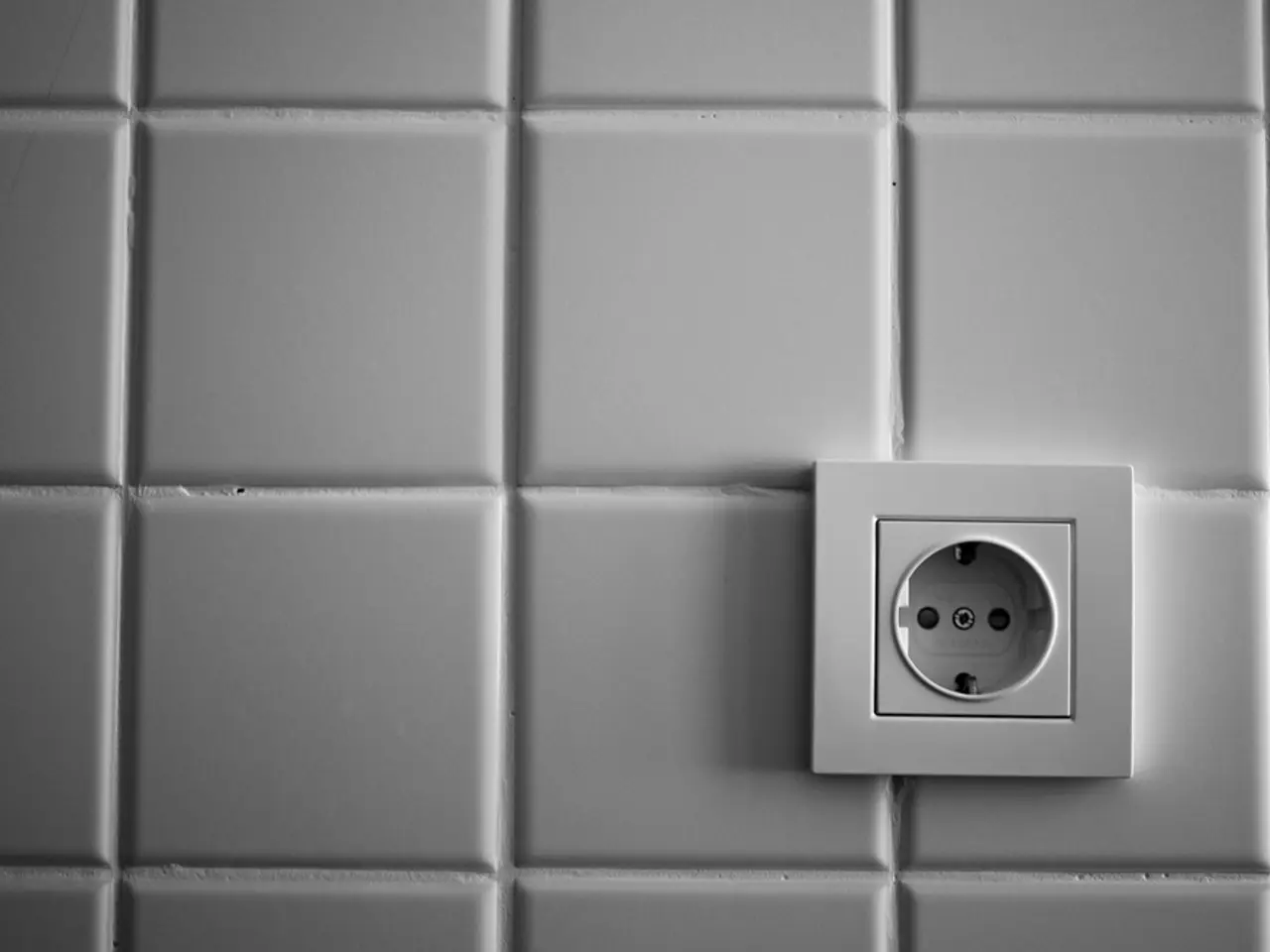Connecting Every Device with USB-C
In a bid to modernize power supply systems, it's now possible to convert traditional barrel jack sockets on Printed Circuit Boards (PCBs) into USB-C Power Delivery (PD) power supply inputs. This transformation allows devices to be powered by USB-C PD wall adapters, improving power management in the process.
Key Steps and Considerations
- Using a USB-C PD Controller Designed for Barrel Jack Replacement
To achieve this, specialized USB-C PD controller chips like Infineon's EZ-PD™ Barrel Connector Replacement (BCR) and BCR-Lite families are employed. These chips integrate a complete USB-C subsystem, including USB PD protocol handling, termination resistors, power path management, and protection circuitry. They effectively emulate the behavior needed to safely negotiate power from USB-C PD sources without the need for firmware development.
- Physical and Electrical Interface Adaptation
Given that USB-C connectors are smaller and less mechanically robust than barrel jacks, projects like those from Mikeselectricstuff provide designs with USB-C sockets mounted to the PCB in a way that considers mechanical durability and replacement convenience.
- Solder Bridges or Configuration for Voltage Selection
The USB PD controller chips negotiate with the power supply to get the desired voltage (often 5V, 9V, 12V, 15V, 20V, etc.). Some designs expose configuration options on the PCB (e.g., solder bridges) to select which voltage profiles the device requests from the USB PD source.
- Power Input Voltage Compatibility
Ensure your original device that used the barrel jack is compatible with the USB-C PD voltage levels it will receive. Devices often expect 5-12V DC. USB-C PD can provide multiple voltages up to 20V, but the device must support these or use the appropriate voltage negotiation in the USB PD controller.
- Optional Additional Components
- Filtering capacitors and EMI suppression components may be required for stable operation.
- Protection diodes or FETs to handle power path and reverse polarity issues.
- Mechanical reinforcement or a custom enclosure to prevent USB-C port damage.
The Transformation Process
- Replace the barrel jack socket with a USB-C socket mounted on the PCB.
- Integrate a USB-C PD controller chip like Infineon’s EZ-PD BCR or BCR-Lite that manages USB PD communication and power switching without needing firmware.
- Configure the chip (via hardware or configuration options) to request the suitable voltage level your device needs.
- Handle mechanical support since USB-C sockets are less rugged than barrel jacks.
This approach effectively makes your PCB accept power from USB-C PD power supplies ("wall warts") instead of the classic barrel jack adapters, leveraging the modern USB-C advantages of universal charging and flexible voltages.
For exact schematics and PCB designs, reviewing the Mikeselectricstuff project videos and Infineon EZ-PD BCR datasheets will provide valuable implementation details. This project, which showcases the potential of USB-C PD technology, serves as a demonstration of the benefits of new power supply technologies.
- By employing USB-C PD controller chips like Infineon's EZ-PD™ BCR or BCR-Lite, you can convert traditional barrel jack sockets on Printed Circuit Boards (PCBs) into USB-C Power Delivery (PD) power supply inputs, enabling smart-home-devices, gadgets, and other technology to be powered by USB-C PD wall adapters.
- To further maximize the benefits of this technology, it's crucial to consider mechanical durability and replacement convenience when mounting USB-C sockets onto PCBs, as demonstrated in projects like those from Mikeselectricstuff.




